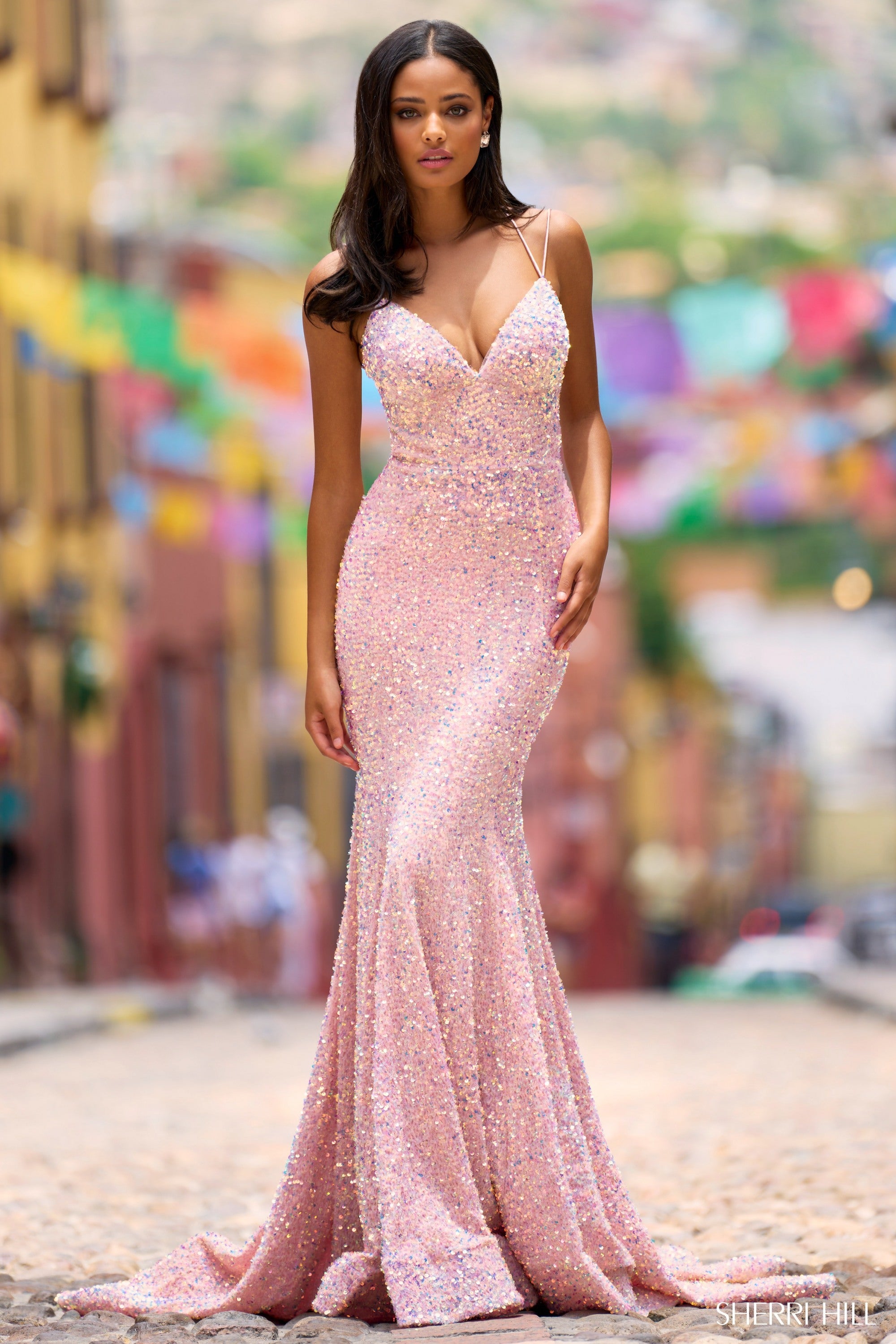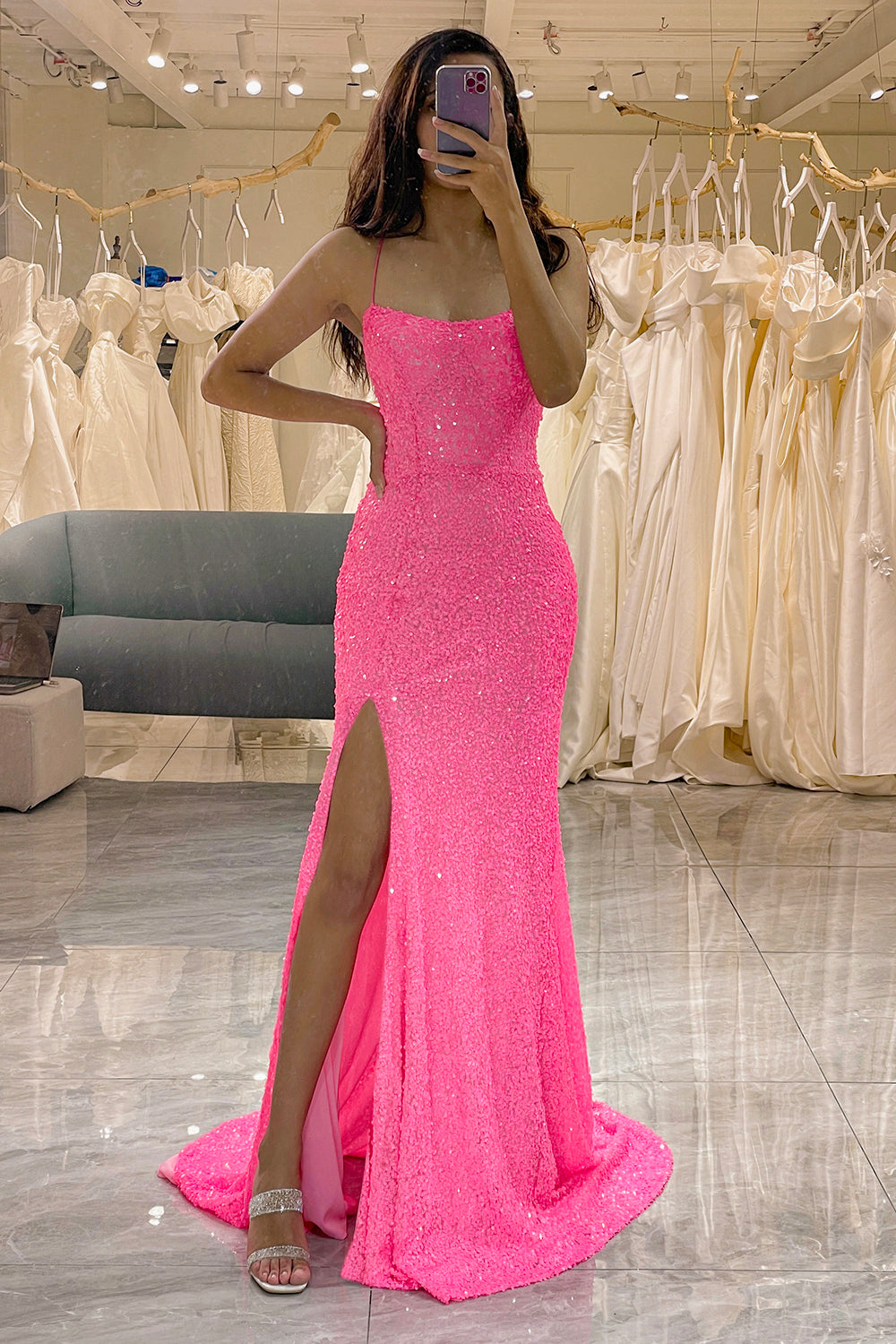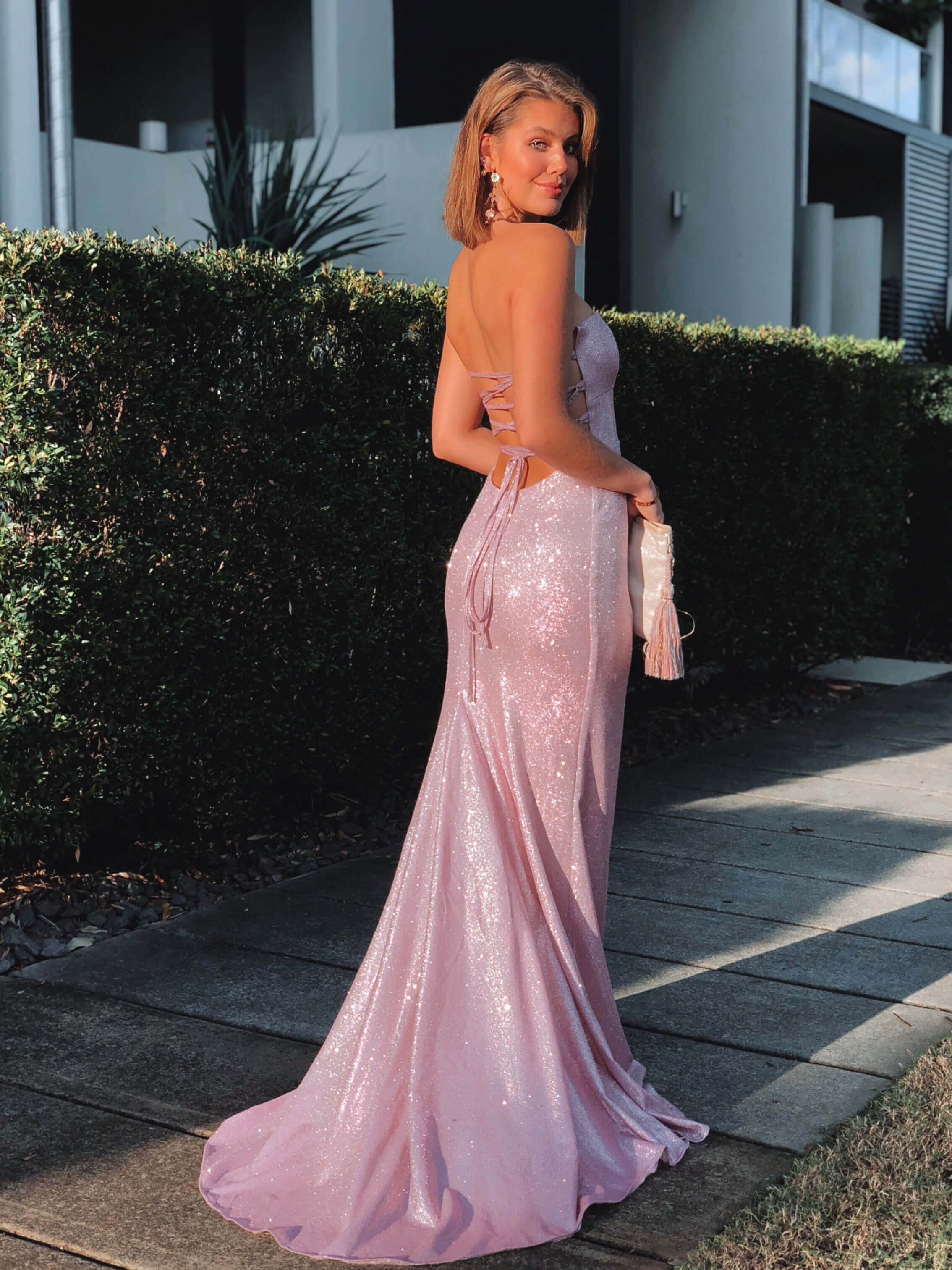How to Style a Pink Formal Dress for Any Occasion
A pink formal dress is far more than a simple garment; it is a statement of confidence, versatility, and personal style. The journey of selecting and styling such a piece is an exploration of color psychology, fashion history, and individual expression. This guide will navigate the nuances of making a pink formal dress work for events ranging from black-tie galas to sophisticated cocktail parties, providing not just aesthetic advice but objective reasoning rooted in design principles and cultural context. The aim is to empower you with knowledge that transforms the dress from an item in your closet into a cornerstone of your wardrobe, adaptable to any social calendar.
The Psychology and History of Pink in Formal Attire
To understand the power of a pink formal dress, one must first appreciate the color itself. Historically, pink’s association has shifted dramatically. In the 18th century, it was considered a masculine color, a diluted version of red which symbolized power and war. As noted by fashion historian Valerie Steele in her work for The Museum at the Fashion Institute of Technology, the gender coding of pink and blue is a 20th-century phenomenon, largely solidified by post-World War II marketing. Today, pink embodies a spectrum of meanings. According to color psychology, lighter pinks like blush and ballet slipper convey nurturing, compassion, and tranquility, making them excellent for events requiring a soft, approachable elegance. Conversely, vibrant fuchsias and magentas project energy, boldness, and confidence, ideal for making a memorable entrance. This scientific understanding of color perception, documented by institutions like the Pantone Color Institute, allows us to strategically choose a shade of pink that aligns with the desired emotional tone of an occasion. A pink formal dress, therefore, is not a random choice but a deliberate tool for non-verbal communication. When you select a specific hue, you are leveraging centuries of cultural evolution and psychological research to craft your personal narrative for the evening.

Selecting the Perfect Silhouette for Your Body Type
The success of any formal outfit hinges on the harmony between the garment’s silhouette and the wearer’s body type. This is not about conforming to arbitrary standards but about understanding principles of design—balance, proportion, and line—to create a flattering and comfortable aesthetic. For instance, the A-line dress, characterized by a fitted bodice that flares out from the waist, is universally flattering as it creates a balanced hourglass illusion. This design principle is rooted in the classical Greek concept of the Golden Ratio, a mathematical ratio of 1:1.618 often found in nature and art that is perceived as aesthetically pleasing. A ball gown, with its voluminous skirt, is a powerful choice for black-tie events and is particularly effective for individuals with a pear-shaped or rectangular body type, as it emphasizes the waist and adds dramatic volume to the lower body. For those with an hourglass figure, a mermaid or trumpet silhouette, which hugs the body until flaring out at or below the knee, celebrates natural curves. The sheath dress offers a column-like line that elongates the frame, ideal for petite figures or those with an athletic build. The key is to view your pink formal dress as a canvas. By applying these objective design principles, you can select a cut that highlights your strengths and allows you to move with confidence, turning the dress into a second skin that feels as good as it looks.

Accessorizing with Intention: From Jewelry to Footwear
Accessories are the punctuation marks of an outfit; they define its tone and complete its story. When styling a pink formal dress, the goal is complementarity, not competition. For jewelry, consider the color saturation of the dress. A soft blush gown provides a neutral base that pairs beautifully with both silver and gold tones, as well as pearls, which add a timeless luminosity. A scientific explanation for this versatility lies in color theory: blush pink, being a light, desaturated tone, has low color intensity, allowing metallic sheens and white pearls to stand out without clashing. A bold fuchsia dress, however, with its high color intensity, often benefits from minimalist jewelry—perhaps a single statement piece in a complementary metal—to avoid visual overload. As the renowned fashion designer Coco Chanel famously advised, “Before you leave the house, look in the mirror and take one thing off.” This principle encourages editing for elegance. For footwear, the rule of continuity applies. Nude heels are a scientifically sound choice as they create an unbroken line from the hem of the dress to the foot, visually elongating the leg—a trick consistently used on runways and in fashion editorials. A metallic sandal can add a modern, chic touch. The clutch should be small and elegant, holding only essentials, to maintain the dress’s lines. Every accessory should serve a purpose, either functional or aesthetic, ensuring your pink formal dress remains the undisputed star of the ensemble.
Adapting the Look for Specific Occasions
The true test of a garment’s versatility is its ability to be adapted. A pink formal dress can be styled to suit a remarkable range of events. For a daytime garden wedding or a luncheon, opt for a lighter shade of pink in a flowy fabric like chiffon. Pair it with a wide-brimmed hat and delicate, natural-looking jewelry. The ambiance of a daytime event is softer, and the outfit should reflect that diffused light. For a formal evening event like an opera gala or a charity ball, this is the moment for drama. A deep magenta or hot pink in a luxe fabric such as silk satin or velvet commands attention. Elevate the look with statement jewelry, an elegant updo, and a sophisticated clutch. As film costume designer Edith Head, an eight-time Academy Award winner, once stated,
“You can have anything you want in life if you dress for it.”
This philosophy underscores the importance of dressing for the specific context. For a cocktail party, a knee-length or tea-length pink dress strikes the perfect balance between formal and festive. It allows for more playful accessories, perhaps a pair of embellished heels or a colorful clutch. The underlying principle across all occasions is intentionality. By considering the event’s time of day, formality level, and setting, you can manipulate elements like color saturation, fabric weight, and accessory scale to ensure your pink formal dress is always contextually appropriate and stunningly effective.

Beauty and Grooming: The Finishing Touches
The harmony between your dress and your beauty look is paramount. Makeup should enhance the outfit, not compete with it. With a pink dress, you have two primary pathways. The first is a monochromatic approach, using varying shades of pink on the eyes, cheeks, and lips to create a cohesive, modern look. The second, and often more striking, approach is to introduce a complementary color. According to the standard color wheel, green is the complement of red, and by extension, various greens can make pink pop. This doesn’t mean green eyeshadow (unless you’re aiming for high fashion), but rather, using colors that have green undertones, such as taupe, olive, or certain bronzes, on the eyes can make the pink of the dress and your complexion appear more vibrant. A neutral smoky eye with a bold pink lip is a classic and powerful combination. For hair, the formality of the event is a key guide. Sleek, low buns or chic chignons exude timeless elegance for black-tie affairs, while soft, romantic waves work beautifully for weddings and parties. The goal is a holistic presentation where every element, from the dress to the makeup to the hairstyle, works in concert. This attention to detail is what separates a simple outfit from a truly polished appearance, maximizing the impact of your chosen pink formal dress.

Practical Considerations: Fabric, Fit, and Value
Beyond aesthetics, practical knowledge ensures your investment is sound. Understanding fabric properties is crucial. Natural fibers like silk and wool crepe breathe well but may wrinkle easily and require professional cleaning. Synthetic fabrics like polyester and nylon are often more durable, wrinkle-resistant, and affordable, with modern iterations closely mimicking the drape and sheen of natural silks. When shopping, always check the fabric composition. The fit is non-negotiable; even the most beautiful dress will fail if it doesn’t fit correctly. Be prepared to budget for alterations. A dress tailored to your specific measurements will always look exponentially more expensive and feel more comfortable than one that is merely the right size. This is a core principle of bespoke tailoring, emphasized by institutions like London’s Savile Row. Now, let’s talk value. High-quality formalwear is an investment, but savvy shopping can yield significant savings. Look for end-of-season sales, sample sales, and reputable online retailers that offer discounts on designer pieces. For instance, a stunning pink formal dress with an original retail price of $500 might be found for $300 during a promotional event. Remember, cost-per-wear is a valuable metric. A versatile, well-made dress that you can wear to multiple events over several years represents far better value than a cheap, trendy piece that falls apart after one use. Investing in quality construction and timeless design is the most financially and stylistically prudent path.
Mastering the art of styling a pink formal dress is an exercise in strategic creativity. It combines an understanding of color science, design principles, and social context to create a look that is uniquely and powerfully yours. By moving beyond superficial trends and embracing these foundational concepts, you equip yourself to make informed choices that enhance your confidence and presence for any event on your calendar.






